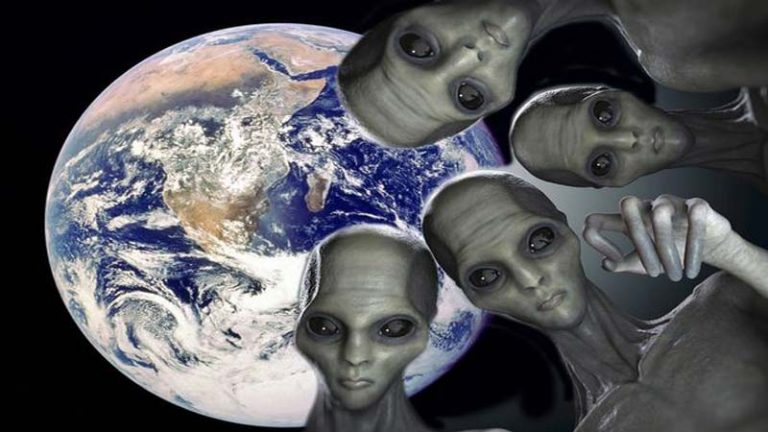According to a group of scientists, at least nine known exoplanets are in an ideal position to witness Earth transit in front of the Sun, making our planet visible to possible extraterrestrial astronomers.
No wonder I was feeling watched these last couple of weeks.
This is the conclusion of a curious study that scientists from the Queen’s University of Belfast and the Max Planck Institute have published in the Monthly Notices magazine of the Royal Astronomical Society.
Thanks to astronomical facilities and missions like SuperWASP and Kepler, we have now discovered thousands of planets orbiting stars other than our Sun, and precisely on some of those exoplanets advanced alien civilizations may have developed throughout the centuries, capable of searching for worlds other than theirs with life.

The vast majority of the exoplanets are located when they cross in front of their host stars in what is known as “transits”, which allow astronomers to see the light of the host star dim slightly at regular intervals each time the exoplanet passes between us, the observer, and the distant star.
In the newly published study, the authors reverse the concept and ask: “How would an alien observer see our solar system and Earth?”
To answer this question, they identified parts of the distant sky from which various planets of our solar system would pass in front of the Sun – the so-called “transit zones” – concluding that the inner planets of our solar system (Mercury, Venus, Earth, and Mars) are more likely to be found than the more distant “Jovian” planets (Jupiter, Saturn, Uranus, and Neptune), despite their much larger size.
”Larger planets would naturally block out more light as they pass in front of their star”, commented lead author Robert Wells, a Ph.D. student at Queen’s University Belfast. ”However the more important factor is actually how close the planet is to its parent star – since the inner planets of our solar system are much closer to the Sun than the gas giants, they’ll be more likely to be seen in transit.”
In order to search for worlds where civilizations would have the best chance to detect our Solar System, astronomers scanned parts of the sky from which more than one planet could be seen passing in front of our Sun.
Researchers discovered that three planets could be observed from anywhere outside our Solar System.
Katja Poppenhaeger, a co-author of the study, adds, “We conclude that a randomly positioned ‘alien’ observer would have approximately a 1 in 40 chance of observing at least one of the planets in our solar system. The likelihood of detecting at least two planets would be about ten times lower, and to detect three worlds be a further ten times smaller than this.”
Of the thousands of known exoplanets that we’ve found so far, the team identified around sixty-eight alien where observers would see one or more of our solar system’s planets pass in front the Sun.
Nine of these planets are ideally located to observe Earth transits, although none of the worlds is considered as habitable, at least not by our ‘standards’.
In addition, the team estimates that there should be approximately ten worlds (currently undiscovered) that are favorably located to detect Earth and are capable of sustaining life as we know it.
However, to date, no habitable planets have been discovered from which a civilization can detect Earth with our current level of technology.





0 Comments